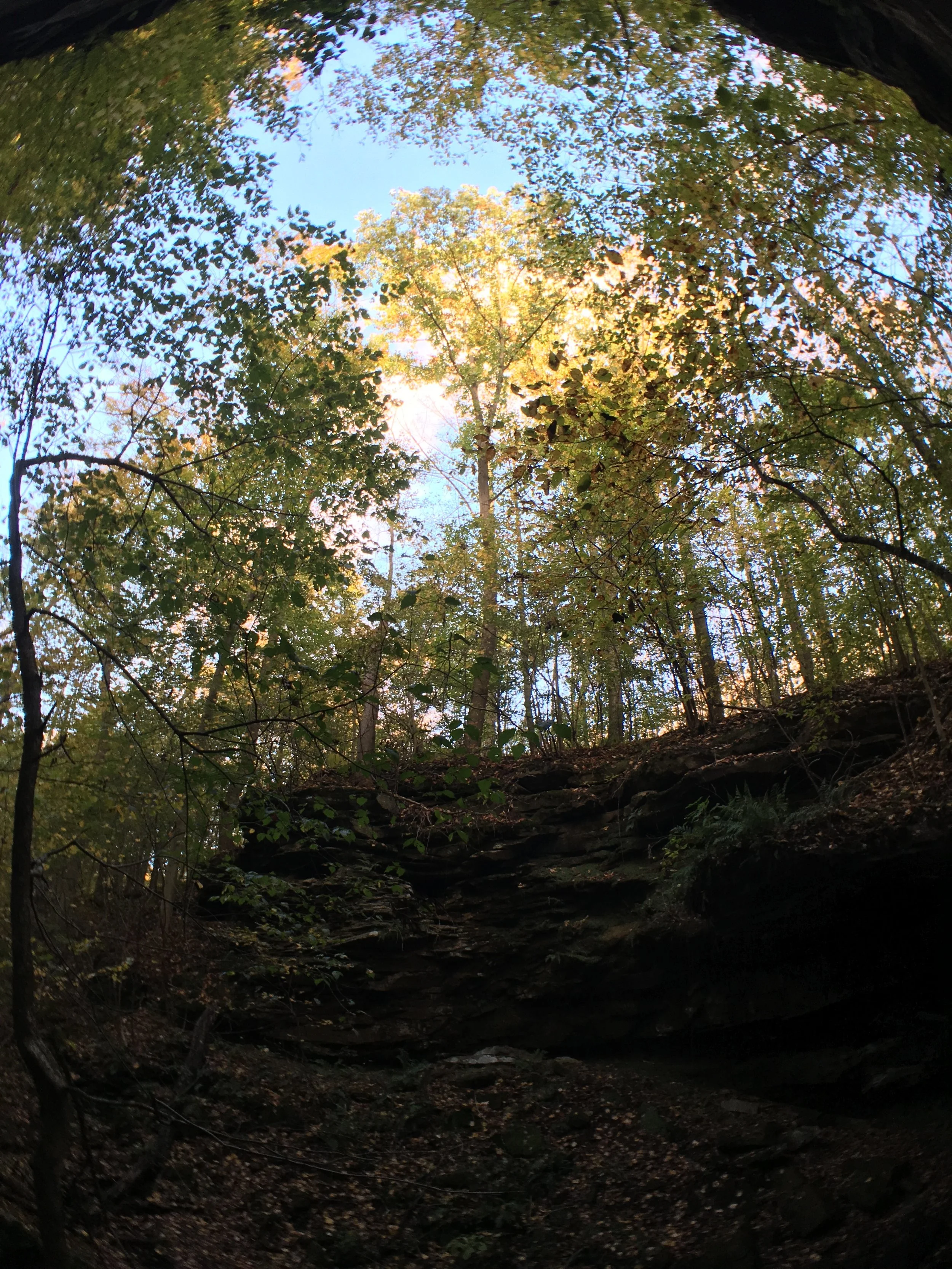Oil and gas development on federal land is primarily governed by the Mineral Leasing Act of 1920, as amended (30 U.S.C. § 181 et seq.). This law established the Secretary of the Interior’s authority to lease public lands for the development of mineral resources, including oil and gas. While the numbers of leases issued and acres of federal land leased by the Bureau of Land Management (“BLM”) for oil and gas development has steadily and significantly decreased over the past eighteen years, the number producing leases on federal lands had gradually risen from under 19,000 in 1988 to almost 24,000 in 2015.[1] The number of producing acres on federal lands has been rising since 1993 and was almost 13 million in 2015.[2]
The National Environmental Policy Act (“NEPA”) requires federal agencies, including BLM, to consider the environmental impact of their actions.[3] NEPA is triggered at multiple stages of the leasing and development process, and is a powerful tool for ensuring that adequate information is available to make reasoned policy decisions regarding mineral development on public lands and the potential impacts to the environment. Pursuant to NEPA, agencies are required to take a “hard look” at every significant environmental impact of a proposed agency action, as well as the impacts of any alternatives available.[4]
On November 14, 2016, Fair Shake Environmental Legal Services filed a protest letter on behalf of FreshWater Accountability Project and 26 other organizations to oppose the opening of the Wayne National Forest to oil and gas development. The letter protests the federal Bureau of Land Management’s (BLM’s) proposed December 13, 2016, oil and gas lease sale of 33 parcels of publicly owned lands.
The proposed lease sale would allow unconventional oil and gas development and hydraulic fracturing (commonly known as “fracking”) on approximately 1,600 acres of Ohio’s only national forest. Fair Shake argues that the lease sale would violate substantive and procedural federal law designed to protect human health and the environment. Specifically, the protest argues that BLM is required under the National Environmental Policy Act to prepare a full Environmental Impact Statement. This would include a more thorough environmental analysis than the Environmental Assessment (EA) conducted by BLM. The groups also argued the EA itself was inadequate because it relied on outdated information and did not fully assess many of the foreseeable environmental impacts of the lease sale, including the impacts to air quality, water resources, public health, and endangered species. The protest letter also raises concerns regarding climate change and environmental justice for local communities surrounding the proposed extraction sites. The letter also states BLM must consider other alternatives to the lease sale, such as keeping federal hydrocarbons in the ground or prohibiting hydraulic fracturing on leased parcels.
Fair Shake filed the protest letter—pursuant to 43 C.F.R. § 3120.1-3—on behalf of FreshWater Accountability Project, Athens County Fracking Action Network, Buckeye Forest Council, Ohio Valley Environmental Coalition, Appalachian Mountain Advocates, Torch CAN DO, West Virginia Highlands Conservancy, Mountain Lakes Preservation Alliance, Radioactive Waste Alert, Columbus Community Bill of Rights, Guernsey County Citizens’ Support on Drilling Issues, Frack Free Lake County, Sustainable Medina County, Ohio Allies, Frack Free Geauga, Network for Oil & Gas Accountability & Protection, Concerned Citizens Ohio, Friends for Environmental Justice, FaCT-Faith Communities Together for a Sustainable Future, Northwest Ohio Alliance to Stop Fracking, The Committee for the Youngstown Community Bill of Rights, Ohio Community Rights Network, Concerned Citizens of New Concord, Ohio River Citizens’ Alliance, Ashtabula County Water Watch, and Headwaters Defense.
You can read the full protest letter here.
[1] Bureau of Land Management, Summary Of Onshore Oil & Gas Statistics, available at https://www.blm.gov/style/medialib/blm/wo/MINERALS__REALTY__AND_RESOURCE_PROTECTION_/energy/oil___gas_statistics/data_sets.Par.69959.File.dat/summary.pdf.
[2] Id.
[3] 42 U.S.C.A. § 4321.
[4] See 42 U.S.C.A. § 4332(C).








